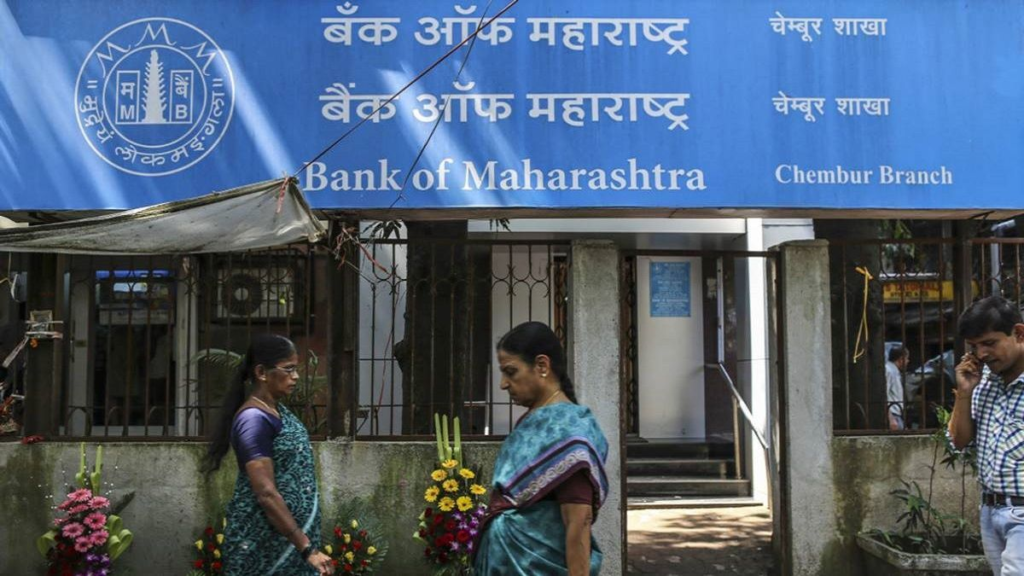The Financial Express
From a bank identified by RBI for prompt corrective action as losses touched Rs 5,800 crore to emerging as the top PSU bank in terms of credit growth, Bank of Maharashtra has scripted a successful turnaround story. MD and CEO AS Rajeev, who has led the bank’s turnaround, says its total business grew by 15.77% in the nine months of FY23 to reach Rs 3.65 trillion. The target now is to reach the Rs five-trillion- mark in FY24, he tells Geeta Nair. Excerpts:
After exiting prompt corrective action, our main goal was to calibrate our business mix, that is, improving the RAM-to-corporate credit ratio. Since then we have been constantly improving the same and aim to make it to 60:40. The share of RAM advances had touched 63.15% in March 2020 and in December 2022 it was at 57.65%. In retail loans, we are offering bottomed-out pricing with innovative products catering to new-age customers. We made structural changes to add fillip to RAM, set up housing finance branches, gold loan vertical at the head office along with Gold Loan Points at branches. We are setting up local central processing cells for quick disposal of RAM proposals.
MSME-dedicated branches are being expanded from 60 to 75 and we are focusing on cluster financing aligned with local economic activity. The thrust is on co-lending along with channel financing to dealers and vendors. The bank is active on the TReDS platforms and will grow in that area too.
In agriculture advances, there has been a diversification of portfolios from production credit to investment credit. The thrust is now on high-value food and agro-processing industries and financing input suppliers.
The bank took a conscious decision to reduce high-cost bulk deposits. The share of high-cost bulk deposits to total deposits has been brought down to zero. There was an improvement in CASA as percentage of total deposits which helped reduce the cost of funds. Bank’s CASA base is the highest among the public sector banks at 52.50% as of Q3 FY23. There was control on operating expenditure and revenue leakages, and branch rationalisation with underperforming branches merged and new branches opened in prospective business areas. The cost-to-income ratio was improved. The focus was on increasing fee-based income, net interest margin (NIM) and also third-party businesses. There was a recovery in prudential written-off accounts in mission mode.
We implemented a credit monitoring dashboard for better monitoring, and did a critical analysis of probable slippages and stressed borrower accounts. In the loan life management system we went live with the module of early warning signals, effective use of loan tracking cells for follow-up of stressed accounts and automated the stressed accounts monitory with a mobile app.
To enhance the loan book quality, corporate advances with high credit ratings are preferred and advances with sovereign guarantees are given priority. There is a dedicated cell for project finance and dedicated branches for MSME. The focus was on scouting for new proposals in the manufacturing sector within the mid-corporate segment.
The gold loan portfolio was non-existent in 2019. We revamped the scheme and established Gold Loan Points in select branches. Our gold loan portfolio was below Rs 300 crore in FY20, and reached around Rs 6,000 crore by December 2022. We envisage a gold loan portfolio of Rs 7,000 crore by the end of this fiscal. Trade financing, channel financing, lease rental discounting and credit cards are the other new businesses we are growing.
The bank has entered into tie-ups with NBFCs under a co-lending model. The is to improve the flow of credit to the unserved segment of the economy at an affordable cost. The bank has partnered with LoanTap Financial, MAS and LendingKart Financial Services for financing MSMEs. It has partnered with InCred Financial Services to finance education loans in the retail sector. A co-lending model helps traditional banks to give out higher amounts of funds using the fintech working model for a greater digital reach. The bank can tap into the untapped market, improve margins by processing more applications and disbursing more loans in a very short time and expand its priority sector portfolio.
Bank of Maharashtra has launched its private cloud plaform, Mahabank Nakshatra, which facilitates high-performance cloud capabilities for digital infrastructure and hosting applications. We have strengthened the bank’s asset monitoring mechanism through the adoption of a predictive machine learning model. A mobile app called ARJUN (Automated Remote Junction for Monitoring of Assets Under Stress) has been launched. This will facilitate the availability snapshot of the stressed asset (Special Mentions Accounts and slippages) to strengthen the recovery mechanism. The bank launched Mykase, a legal case tracking software which will be able to fetch all the cases in various courts of India where Bank of Maharashtra is a party. An upgraded version of the bank’s existing mobile banking application has been launched. The bank has also launched four Centres of Excellence for database, cyber security, core banking systems and analytics.
Get live Share Market updates and latest India News and business news on Financial Express. Download Financial Express App for latest business news.

